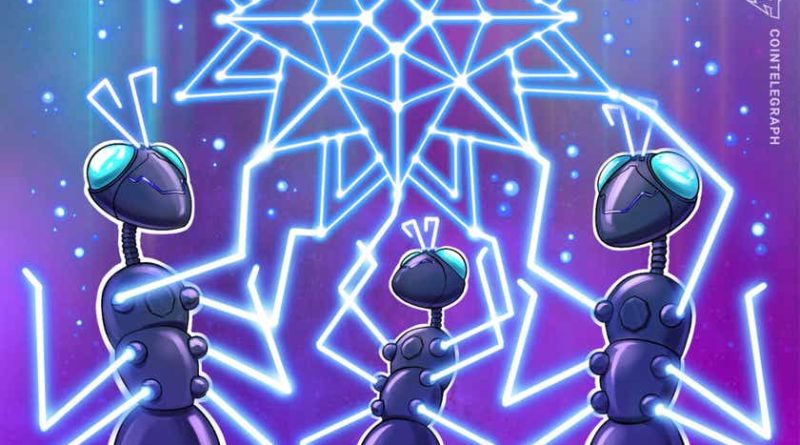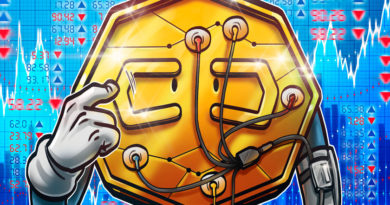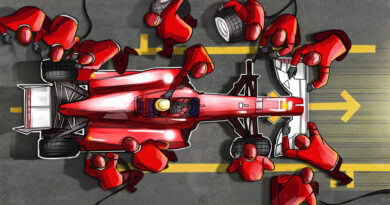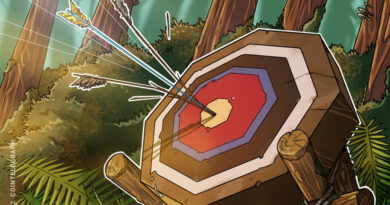What is the role of a decentralized autonomous organization in Web3?
DAOs are an intrinsic element of Web3. This guide to DAOs examine how they work and their future in the blockchain space.
DAO startups
Given the unconventional administrative structure of a DAO, it’s more likely that new startups will adopt it than existing companies, which would have to spend enormous resources and funds to make the transition.
The simple, secure and transparent way to raise investments through the funds pooling DAO mechanism gives investors the chance to support early-stage decentralized startup projects while sharing risks and profits collectively.
This is why DAOs are particularly suitable for new businesses. Their straightforward initiating process allows new companies to focus on growing the organization rather than complicated bureaucratic hurdles.
Furthermore, startups can quickly scale their business globally and cost-effectively; they can raise funds worldwide and onboard new employees from everywhere across the globe to give the company a more international scope and boost profits.
List of DAOs
The list of DAOs has expanded rapidly over the past couple of years due to its democratic model gaining traction globally, especially among startups.
The Bitcoin (BTC) network might be considered the earliest example of a DAO since the network operates via collective agreement, through autonomous and distributed consensus among all participants, including miners and community full nodes.
By current standards, though, Dash (DASH) would be the first true DAO, as the project’s governance mechanism allows stakeholders to vote on the use of its treasury, a function that Bitcoin does not have.
Here are only a few significant examples of decentralized autonomous organization.
- MakerDAO is an Ethereum-based crypto lending credit facility that allows people to lend and borrow using the DAO’s native DAI token. This stablecoin defines the lending rates and repayable amounts.
- BanklessDAO is a decentralized community with the mission of helping the world go bankless while getting educated on Web3.
- Opolis is a digital employment DAO that offers benefits and shared services to independent workers.
- Kleros is defined as the Justice Protocol and decentralized arbitration service for the disputes of the new economy. A peer-to-peer community serves as jurors where the cryptoeconomics allows for fast, affordable and fair decisions.
How to create a DAO
To be fully functional, DAOs need operational rules, funds in the form of tokens to reward members, and tokens to enable voting rights for establishing the operating rules.
Creating and launching a DAO typically involves three main steps.

What is a DAO in Web3?
The network design of DAOs perfectly combines with the foundation of Web3, fueling a new creator economy and the future of work.
DAOs can already be regarded as Web3 if we consider decentralization as one of the significant elements of the new internet. For example, DeFi uses DAOs to allow platforms to become fully decentralized. Decentralized exchanges like Uniswap and SushiSwap are significant examples of the role of DAOs in Web3.0.
Web3 produced NFTs, decentralized autonomous organizations (DAOs) and the metaverse, which can all be positioned under the same umbrella. They have similarities ranging from users’ self-sovereignty and asset ownership through the use of cryptocurrencies, community governance and unconventional fundraising practices that do not require the intervention of traditional VCs.
Unicly, by JennyDao, is the first example of a DAO’s metaverse that provides fractional ownership of NFTs. Members can oversee the purchase and storage of NFTs through the smart contracts defined in the DAO’s protocol.
What is the purpose of decentralized autonomous organizations?
A DAO empowers its community members with voting rights and allows investors to send, receive and store value globally, automatically and anonymously.
For years, automated systems have been viewed as a way to reduce annoying hurdles to humans, such as dealing with lengthy and burdensome traditional bureaucratic systems. A DAOs’ purpose is to primarily to help resolve such issues and encourage humans to focus on better productivity and other more rewarding aspects of an organization.
A DAO’s automated system does not require a traditional central management, which is more vulnerable to failure, human error and manipulation.
In terms of real-world applications, what can a DAO do?
The lack of hierarchical management allows the organization to have different applications. Besides the typical crowdfunding function replacing venture capital firms, a DAO can be helpful to incentivize and reward independent freelance professionals with proposed funds raised across the organization. Charities can have their donated funds approved and secured through a DAO.
Another function that has been expanded more recently is the creation of a DAO as a network of digital assets on-chain. For example, parcels of lands represented by NFTs can be owned collectively by the DAO or by individuals.
How does blockchain power a DAO?
The role of DAOs is strictly linked with blockchain technology, as it provides a secure, trusted and distributed ledger to monitor and track digital transactions.
The decentralization required by DAOs conforms perfectly with blockchain’s distributed consensus, ensuring an agreement of data among nodes in a shared system or reaching an agreement on a proposal.
In line with the blockchain backbone, DAOs take advantage of technology transparency and decentralized cooperation to ensure independence and neutrality. This way, the whole community’s interests can be prioritized instead of those of only a small group of powerful individuals or entities.
The DAO’s concept and the format also allow members to control manipulation better and reduce the bureaucratic hurdles typical of traditional organizations. The Ethereum blockchain powers most DAOs. Its distributed consensus is secure and established enough for businesses to rely on the network.
Internet-native DAOs organizations should not be confused with The Dao, the first of such organizations ever created. The Ethereum-based project failed and led to the split of the Ethereum network into Ethereum Classic (ETC) and Ethereum (ETH).
In June 2016, when Ethereum was still in its infancy and was all but a secure network, users exploited a vulnerability in The DAO code. They stole one-third of The DAO’s funds, about 3.6 million Ether valued at $50M at the time.
What is a DAO and how does it work?
A Decentralized Autonomous Organization (DAO) is based on transparent rules written in code and defined by a smart contract. It is governed by its members and independent of a central authority.
A DAO is considered decentralized if unaffiliated with any specific nation-state or central bank. Developers designed it to provide an automated and decentralized form of governance without the traditional bureaucracy and hierarchy limitations.
Initially, it mainly served as a venture capital fund based on an open-source code without the typical structure of private equity or a board of directors. Subsequently, its decentralized crowd-funding model was applied to other aspects of an organization, from value exchange to lending and trading digital assets through decentralized finance (DeFi).
The pillars of DAOs are smart contracts that specify the organization’s rules and hold the group’s treasury. Community members advance proposals to change or improve the protocol, i.e., technical upgrades or treasury allocations, and vote on such recommendations.
Participants have to acquire the DAO’s native governance tokens as these will be their tools to exert their voting rights and own equity in the DAO to frame its future.
One of the criticisms directed at DAOs is that the more tokens members own, the greater their weight in DAO’s decisions and voting power.




